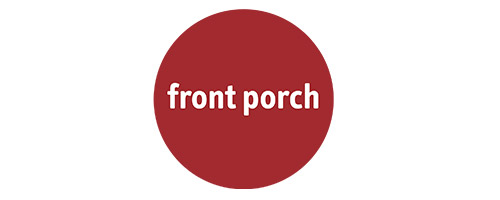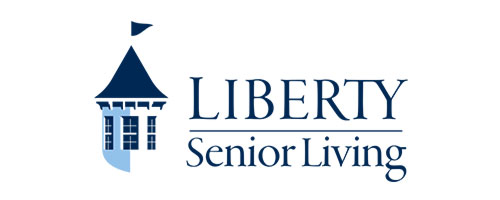The older population is set to transform the fitness industry

In 2020, the number of people age 60 or older will pass one billion for the first time ever-that's one in every seven people. By 2045, approximately one generation later, this number is expected to reach one in every five people. As this demographic shift unfolds, many industries should embrace the concept of "active aging" to meet the needs of this aging population.
The fitness industry in particular needs to address the idea of active aging by focusing on equipment and services that can help older adults optimize the opportunities offered by increased life expectancy.
The Health Club Industry Active Aging Report, researched and written by Ray Algar of Oxygen Consulting, addresses opportunities created by an aging population, dismisses negative stereotypes about older adults and highlights how a variety of health and fitness organizations are already capitalizing on the changing demographics.

Historically, the fitness industry has pursued clients who are younger than 40, trying to attract them through low-cost self-service gyms or high-intensity exercise experiences. Aesthetics often motivates these younger would-be clients more than health issues. While focusing on younger clients, the fitness industry has paid little attention to older adults. However, as populations age across the world's industrialized countries, an emerging economy is nourishing the demand from people who wish to live longer and in good health.
A large and growing number of products and services are being developed to allow people to fully enjoy the gift of a longer life, which requires a foundation of good health. Entirely new industry segments will emerge to satisfy this demand, and the health and fitness industry can participate in this growing economy if it configures its products and services correctly.

To make the most of this growing market, the health and fitness industry must challenge outdated stereotypes of aging. Rather than expecting adults to suffer an inevitable decline into an inactive old age, we need to expect that they can live a long, active and fulfilled life and endure only a brief period of illness at the end of life. Studies from the United States show that most older people are able to complete activities of daily living, such as dressing, eating, walking and bathing. From 1984 to 2004, the number of people aged 85-89 who were classified as disabled fell from 22% to 12%. For people over 95, the rate declined from 52% to 31%. Obviously, older people can maintain their fitness and long-term independence longer, and the fitness industry has a vital role in making that happen.
Some parts of the health and fitness industry are strategically designed to support only people who are at the athletic end of the functional spectrum, and providing services to already active "competent exercisers" seems to have fueled most industry growth over the past decade. But it is time for the industry to incorporate specific programming for the growing population of older adults.
Physical inactivity rises with age, and the industry needs to determine why many older adults cannot find even 30 minutes per week to engage in activity that raises their heart rate. This lack of exercise cannot be explained simply as a pricing issue that can be resolved through discounted "senior" memberships at fitness clubs.
In addition to seeing the aging population as potential new customers, the industry should also view the growth in this demographic as offering an abundant pool of talented people who are receptive to transitioning into a new career. People in their 60s can serve as personal trainers, and older adults could also provide a new wave of fitness entrepreneurs.
So how will the fitness industry rise to meet this changing demographic? Will fitness organizations continue catering exclusively to the desires of millennials and younger populations, or will they focus more attention on the older generation?
In the Precor Creed, we express our faith in mutual respect and the overwhelming benefits of sharing information and innovations. We’re pleased to share this report and hope it helps health and fitness industry members better understand ongoing demographic changes so you can better serve your members and plan for continued success. Thank you for sharing in the fitness journey of making the world a healthier and happier place.
Download the full Ray Algar report here.
Note: This information is not intended to replace a one-on-one relationship with a qualified healthcare professional and is not intended as medical advice. It is intended as a sharing of knowledge and information from research. The view expressed here are not necessarily those of the ICAA, we encourage you to make your own health and business decisions based upon your research and in partnership with a qualified professional.
Share
































